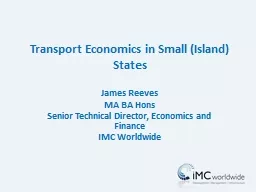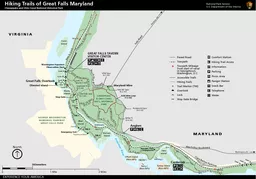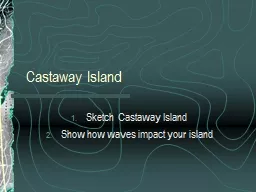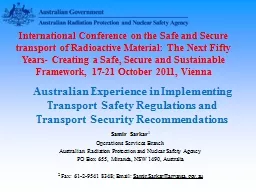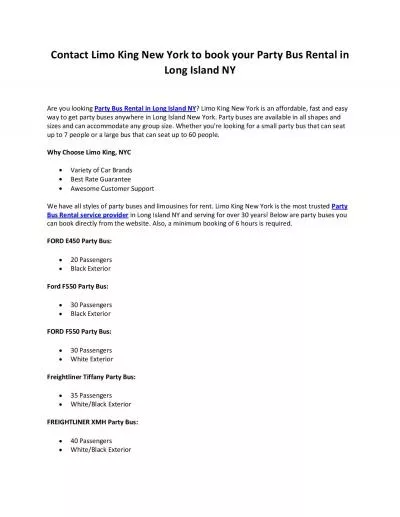PPT-Transport Economics in Small (Island) States
Author : marina-yarberry | Published Date : 2018-03-22
James Reeves MA BA Hons Senior Technical Director Economics and Finance IMC Worldwide Introduction Graduated with MA Transport Economics 1989 26 years in consultancy
Presentation Embed Code
Download Presentation
Download Presentation The PPT/PDF document "Transport Economics in Small (Island) St..." is the property of its rightful owner. Permission is granted to download and print the materials on this website for personal, non-commercial use only, and to display it on your personal computer provided you do not modify the materials and that you retain all copyright notices contained in the materials. By downloading content from our website, you accept the terms of this agreement.
Transport Economics in Small (Island) States: Transcript
Download Rules Of Document
"Transport Economics in Small (Island) States"The content belongs to its owner. You may download and print it for personal use, without modification, and keep all copyright notices. By downloading, you agree to these terms.
Related Documents

